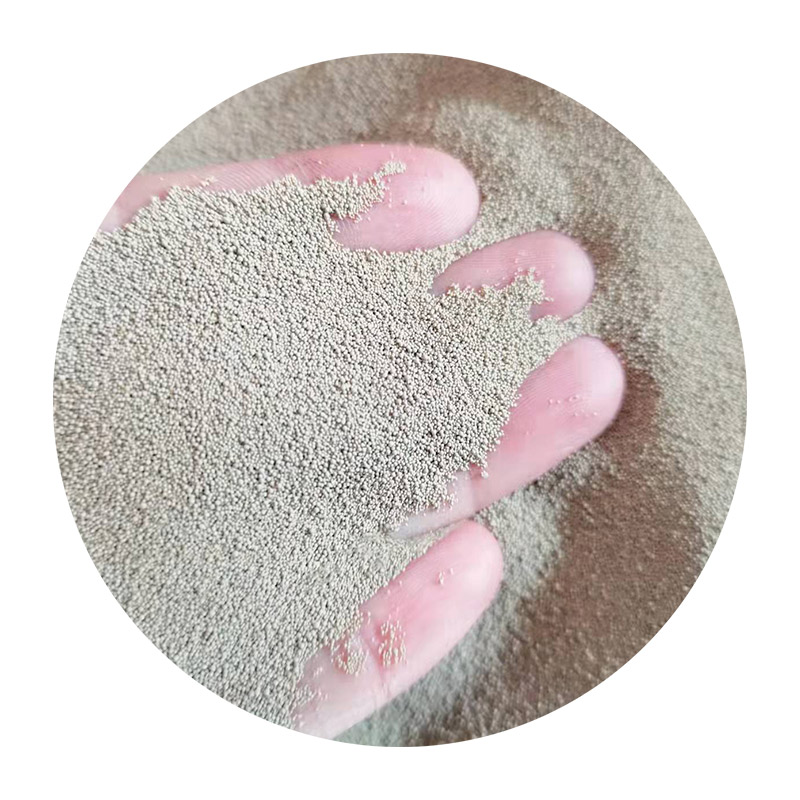

Trust in sand casting is built over years of proven results across various industries. Reputable foundries maintain their integrity through rigorous quality assurance checks at every stage of the casting process. From mold creation to final inspection, these checks are devised to minimize errors and deviations, thereby fostering confidence among clients in the manufacturing accuracy. Advanced technologies such as 3D scanning and computer simulations also supplement traditional methods, allowing for virtual mold testing and refinement before the actual casting takes place, further increasing the fidelity of the process. From an accuracy standpoint, one often overlooked advantage of sand casting is its adaptability to produce complex geometries that might be challenging for other processes. By using intricate patterns and cores, experienced foundries can create detailed internal cavities and complex surfaces while maintaining dimensional accuracy. This adaptability underscores sand casting's valuable role in prototyping and short-run productions where other manufacturing methods might be less feasible or exceedingly costly. Ultimately, the accuracy of sand casting has much to do with the foundational elements of experience, expertise, authority, and trust. Skilled craftsmen using well-established methods and adhering to stringent quality standards can produce precisely accurate components. Despite the complexity of variables involved, sand casting remains a vital process, providing reliable solutions for engineers and manufacturers interested in efficient and cost-effective metal production. The unique combination of traditional craftsmanship and modern innovations ensures that sand casting continues to be as relevant and precise today as it has been for centuries. Post time:Қаң . 14, 2025 10:54
Next:sand casting sand types
